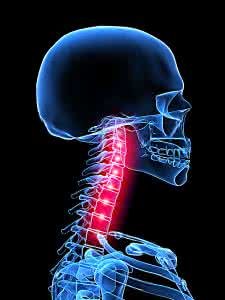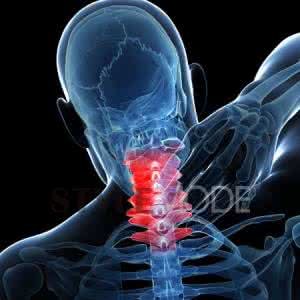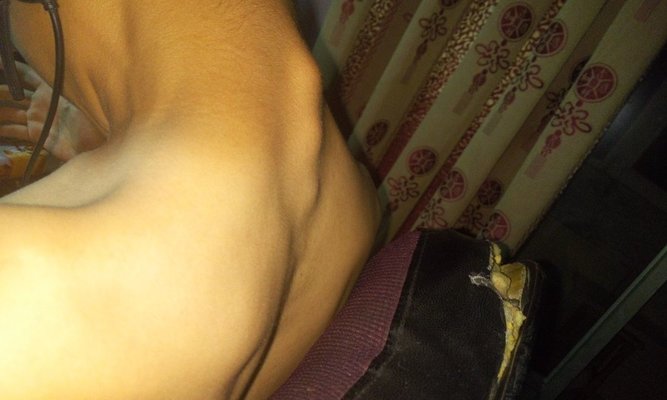Classification and symptoms of cervical spondylosis?
summary
Cervical spondylosis, also known as cervical syndrome, is the general name of cervical osteoarthritis, proliferative cervical spondylitis, cervical nerve root syndrome and cervical disc prolapse. It is a disease based on degenerative pathological changes. Mainly due to long-term cervical strain, bone hyperplasia, or intervertebral disc prolapse, ligament thickening, resulting in cervical spinal cord, nerve root or vertebral artery compression, a series of dysfunction of clinical syndrome. The symptoms were instability and loosening of vertebral segment; Protrusion or prolapse of nucleus pulposus; Spur formation; Hypertrophic ligaments and secondary spinal stenosis stimulate or compress adjacent nerve roots, spinal cord, vertebral artery and cervical sympathetic nerve, causing a series of symptoms and signs. Classification and symptoms of cervical spondylosis? Let's talk about it
Classification and symptoms of cervical spondylosis?
Cervical spondylotic radiculopathy: (1) it has typical root symptoms (numbness and pain), and the range is consistent with the area dominated by cervical spinal nerve( 2) The pressure head test or brachial plexus traction test were positive( 3) The imaging findings were consistent with the clinical manifestations( 4) There was no significant effect in blocking pain points( 5) Except for upper limb pain caused by external cervical lesions such as thoracic outlet syndrome, carpal tunnel syndrome, cubital tunnel syndrome and scapulohumeral periarthritis.

Cervical spondylotic myelopathy: (1) clinical manifestations of cervical spinal cord damage( 2) X-ray showed hyperosteogeny and spinal stenosis at the posterior margin of the vertebral body. Imaging confirmed the presence of spinal cord compression( 3) Except amyotrophic lateral sclerosis, spinal cord tumor, spinal cord injury, multiple peripheral neuritis, etc.

Sympathetic cervical spondylosis: the clinical manifestations are dizziness, dizziness, tinnitus, hand numbness, tachycardia, precordial pain and a series of sympathetic symptoms, X-ray cervical instability or degeneration. Vertebral artery angiography was negative.

matters needing attention
When the symptoms of various types of cervical spondylosis are basically relieved or in a chronic state, medical gymnastics can be started to promote the further elimination of symptoms and consolidate the curative effect. In the acute stage of symptoms, local rest should be taken, and exercise stimulation should not be increased. When there are obvious or progressive symptoms of spinal cord compression, it is forbidden to move, especially the cervical spine backward movement. When cervical spondylosis of vertebral artery type occurs, the neck rotation should be gentle and slow, and the amplitude should be controlled properly.
















